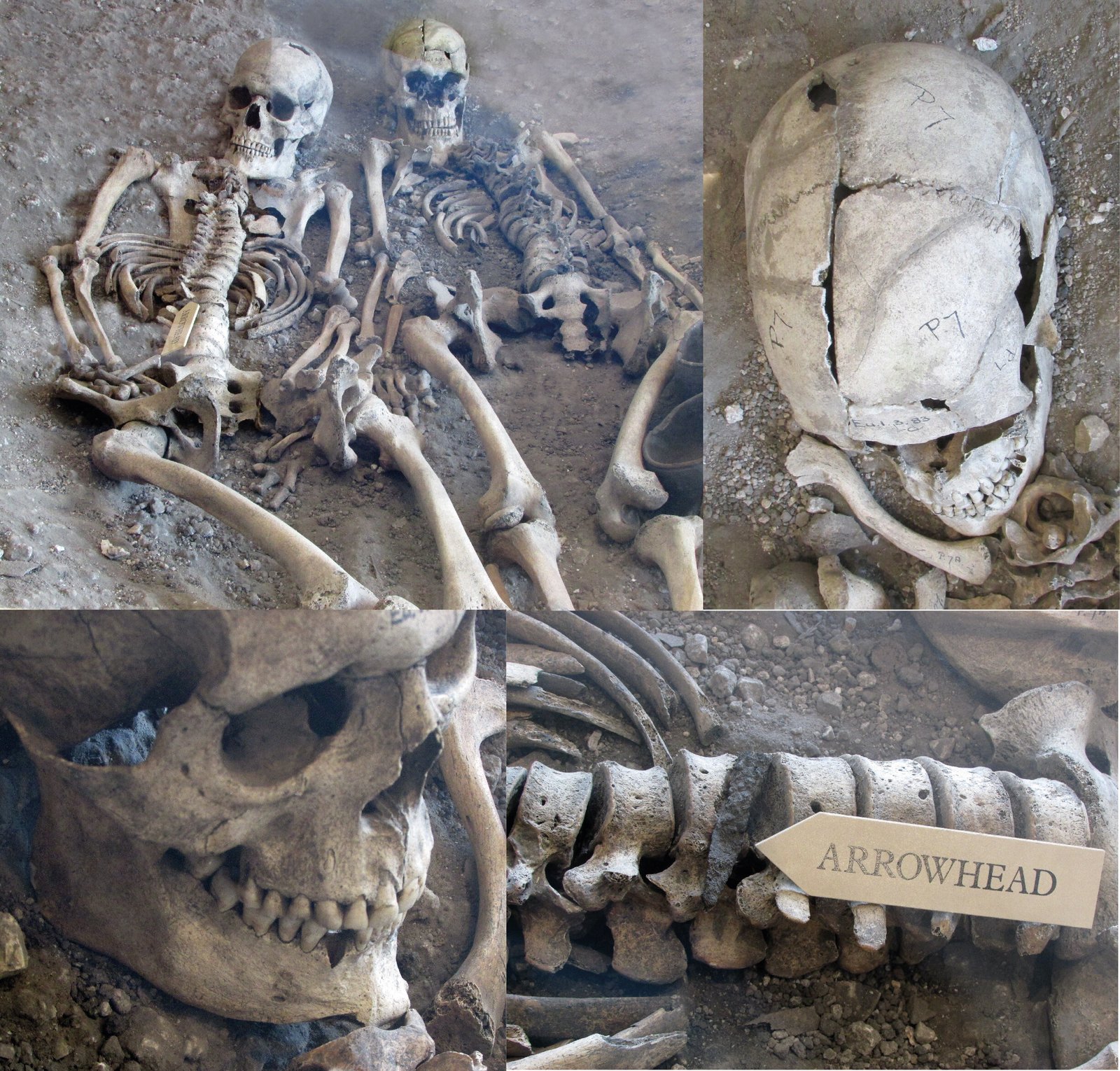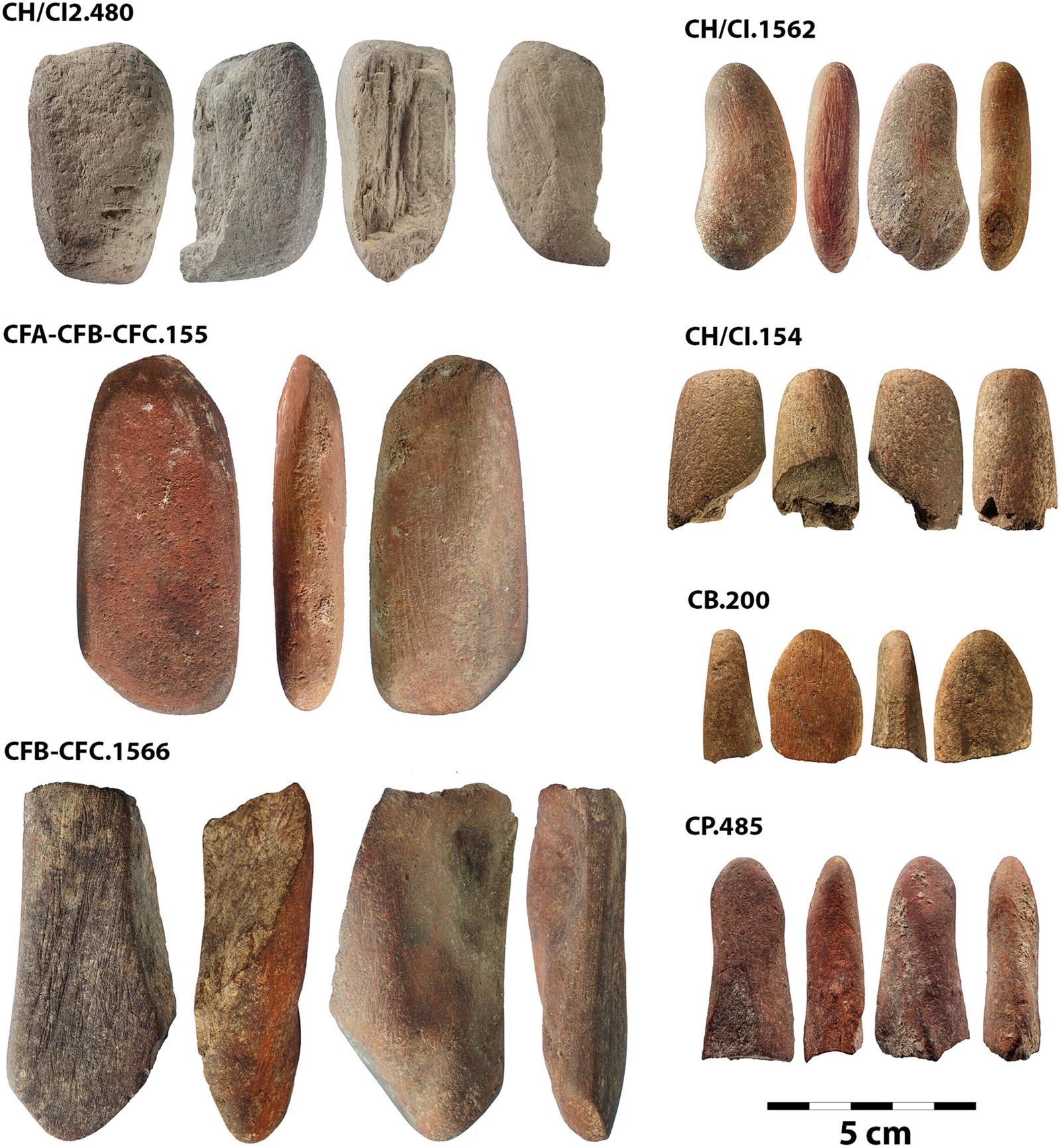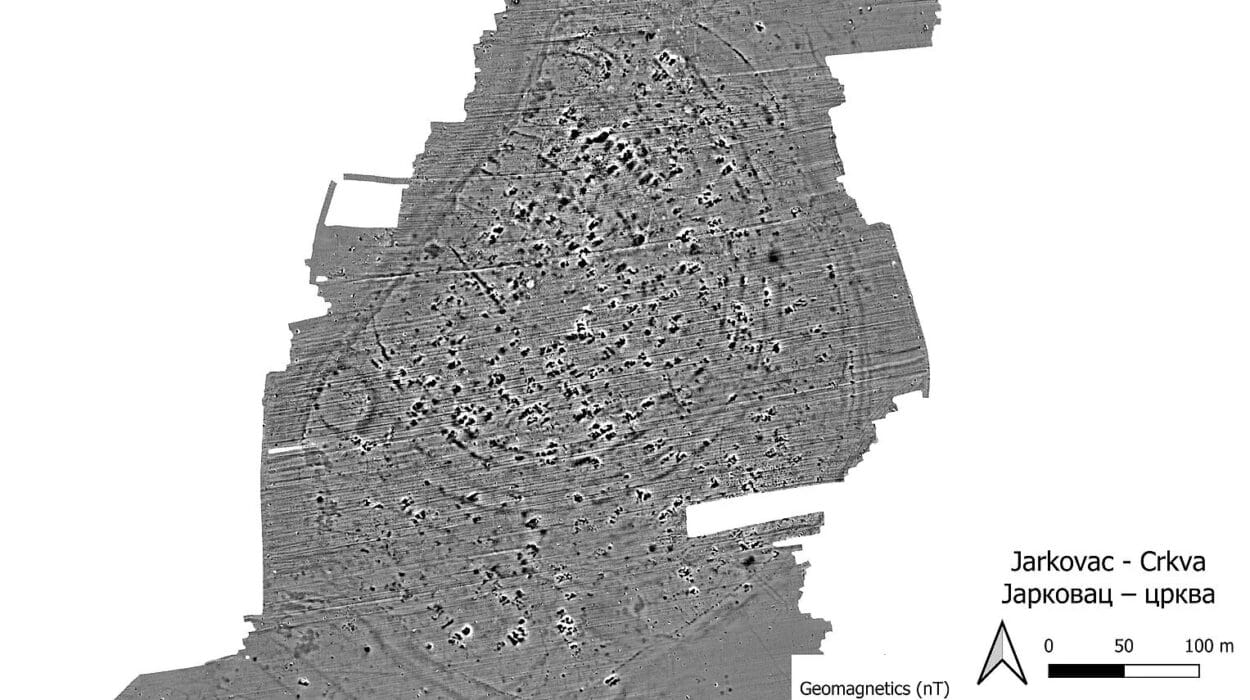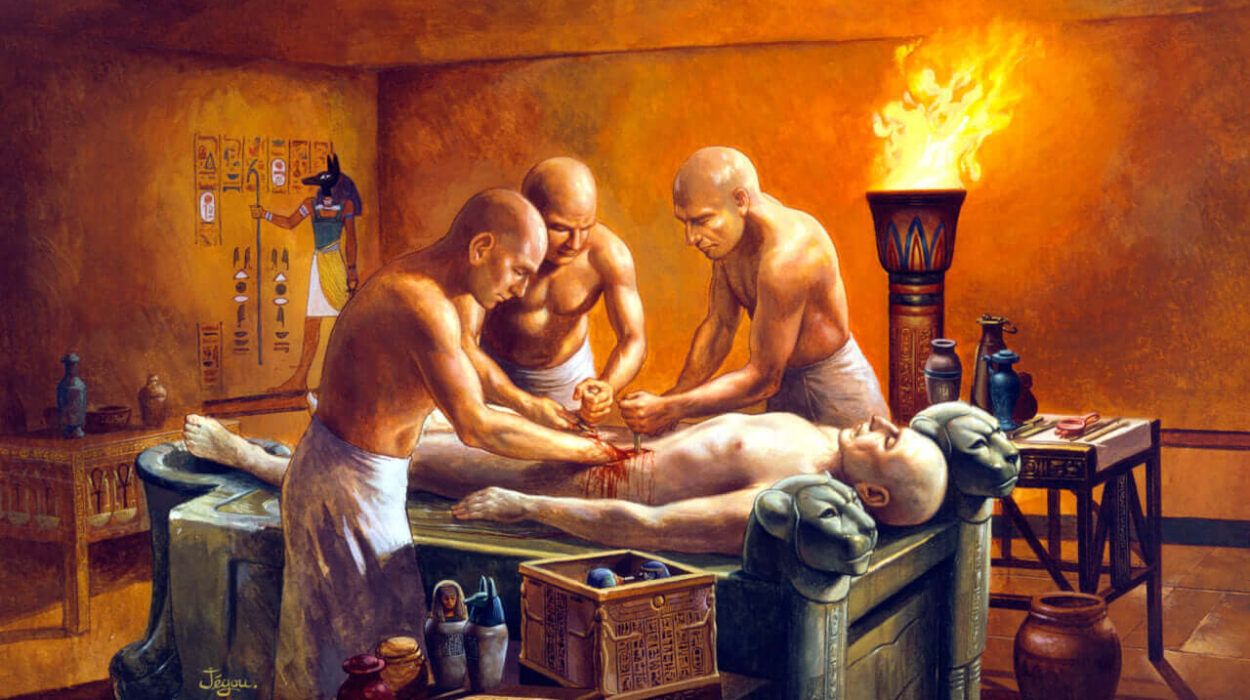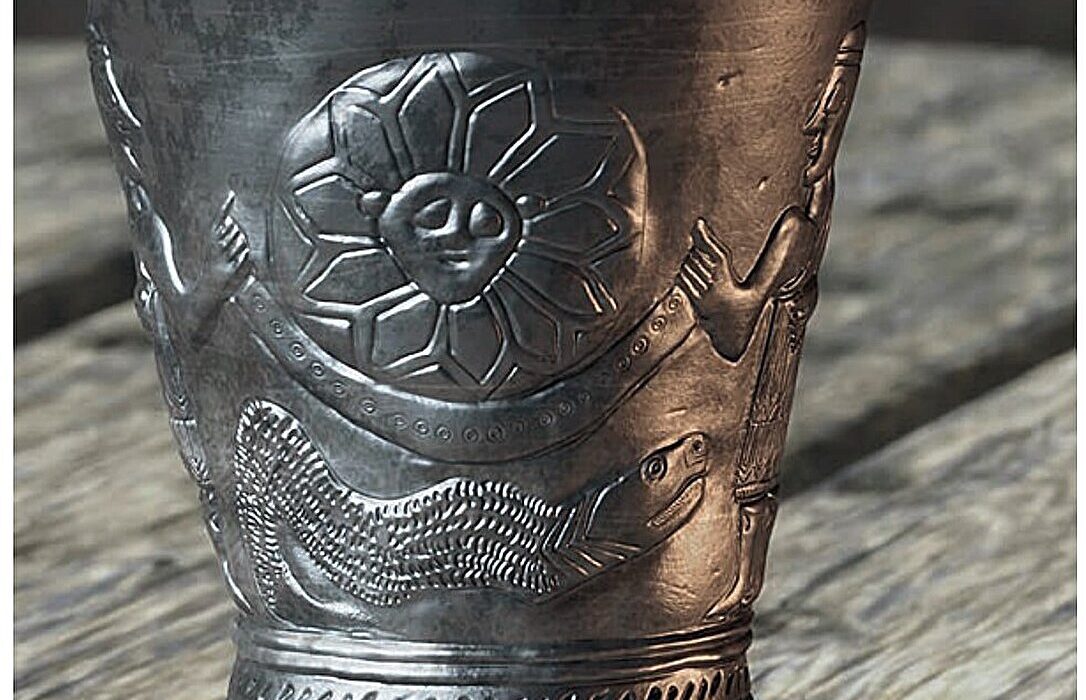For nearly a century, a dramatic image of bloodshed at the dawn of Roman Britain has gripped imaginations: a last stand of Iron Age warriors atop the great hillfort of Maiden Castle, clashing heroically with Roman legions as they stormed the ramparts in a blaze of conquest. The story, vivid and cinematic, has become etched into Britain’s historical mythology. But now, thanks to a meticulous reanalysis by archaeologists at Bournemouth University, that long-cherished narrative has been upended.
A new study, published in the Oxford Journal of Archaeology, reveals that the so-called “war-cemetery” of Maiden Castle in Dorset did not, in fact, mark the site of a single apocalyptic clash between Romans and native Britons. Instead, the dead fell not in one great battle, but in bursts of violence that unfolded over decades—suggesting a far murkier, more internal and prolonged period of strife.
Skeletons Don’t Lie—But Stories Can
The team, led by Dr. Martin Smith, associate professor in forensic and biological anthropology at BU, applied a modern lens to an ancient mystery. The skeletal remains, first unearthed in 1936 during an excavation led by the celebrated archaeologist Sir Mortimer Wheeler, had long been held up as evidence of a dramatic Roman assault. The bones, many bearing brutal marks of violence—deep cuts to the skull, chest, and limbs—seemed to confirm Wheeler’s theory: that the hillfort had fallen in a single, doomed defense against the unstoppable Roman war machine.
But Wheeler’s interpretation, however influential, was drawn from a limited dataset and contextualized by the looming specter of the Second World War. His powerful vision of resistance, tragedy, and conquest may have owed as much to the cultural anxieties of 1930s Europe as to the physical evidence in the ground.
What Smith and his colleagues have now revealed is that these skeletons, though undoubtedly victims of violence, did not die all at once. Through a comprehensive program of radiocarbon dating, the BU team has demonstrated that the burials at Maiden Castle occurred not in a single catastrophic event, but across a span of decades—from the late first century BCE to the early first century CE.
A Landscape of Internal Conflict
This stunning revelation suggests a very different historical context—one not of Roman conquest, but of simmering, episodic internal unrest. Dr. Smith explains, “The find of dozens of human skeletons displaying lethal weapon injuries was never in doubt. However, by undertaking a systematic program of radiocarbon dating, we’ve been able to establish that these individuals died over a period of decades, rather than a single terrible event.”
That finding changes everything. Rather than valiant defenders felled in a glorious last stand, the dead at Maiden Castle may have been victims of cycles of local violence: clan rivalries, dynastic power struggles, punitive executions, or ritual killings. Far from a clear-cut moment of foreign invasion, this was something more complex, perhaps more tragic—Britons killing Britons in a landscape riven by social and political upheaval.
The Birth of a Myth: Wheeler’s Vision
To understand how this misunderstanding endured for nearly 90 years, it helps to revisit the original excavation. In the summer of 1936, Mortimer Wheeler descended upon the chalky slopes of Maiden Castle with an excavation team and a flair for drama. The fortress, one of the largest and most imposing Iron Age hillforts in Britain, was a perfect stage. Wheeler, known as much for his storytelling as for his trowel, quickly interpreted the violent injuries and mass burials as the results of a siege by Roman forces under the future Emperor Vespasian during the Claudian invasion of AD 43.
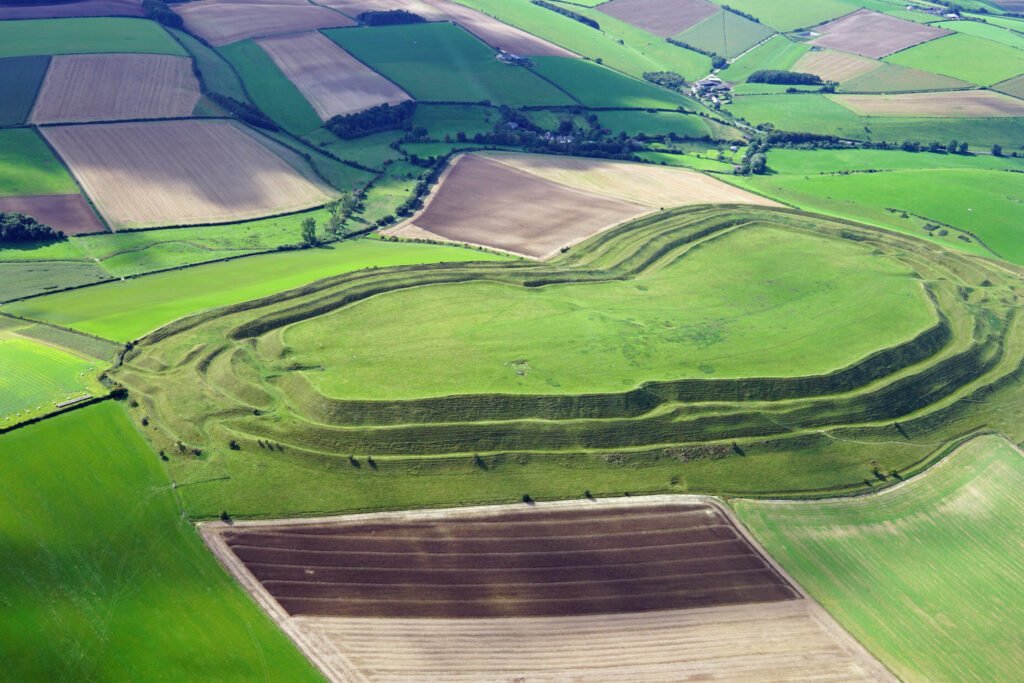
In his reports, and later in public lectures and radio broadcasts, Wheeler wove a vivid tale of carnage—Romans advancing, swords flashing, as the doomed defenders fell among the ramparts. His compelling narrative became canon. It featured prominently in schoolbooks, documentaries, and the public imagination, cementing Maiden Castle’s place as the site of a tragic but noble resistance.
But as Dr. Miles Russell, principal academic in prehistoric and Roman archaeology at BU, and co-lead of the current study, points out, the story’s persistence may owe more to timing than truth. “With the Second World War fast approaching,” he notes, “no one was really prepared to question the results. The tale of innocent men and women of the local Durotriges tribe being slaughtered by Rome is powerful and poignant. It became a defining moment in British history, marking the sudden and violent end of the Iron Age.”
Now, says Russell, the evidence demands a new understanding. “Unfortunately, the archaeological evidence now points to it being untrue. This was a case of Britons killing Britons, the dead being buried in a long-abandoned fortification. The Roman army committed many atrocities, but this does not appear to be one of them.”
Reassessing the Cemetery: Burials, Ritual, and Society
What, then, were these burials, if not casualties of a climactic Roman attack? The new findings paint a picture not of a war grave, but of a complex, evolving burial ground. The radiocarbon dates suggest that the interments were not only spread over decades, but may also reflect different cultural phases, potentially with varying funerary traditions and social meanings.
Some bodies show signs of formal burial; others appear to have been hastily interred. Many display lethal injuries—cleaving wounds to the skull and ribs, weapon damage suggestive of close-quarters combat. But not all victims were buried alike. Some were placed carefully in graves, others perhaps dumped or deposited in less formal contexts. This variability suggests a social landscape that was fractured, hierarchical, and violent.
Paul Cheetham, a visiting fellow at BU and co-author of the study, sees these differences as key. “We interpret this as either a number of distinct cultures living and dying together, or as burial rites that were determined by complex social rules or hierarchical divisions within this Iron Age society,” he explains.
Crucially, Cheetham emphasizes how much we still don’t know. “While Wheeler’s excavation was excellent for its time, it only covered a fraction of the site. It is likely that a larger number of burials remain undiscovered around the immense ramparts.”
A New Paradigm for Interpreting Ancient Cemeteries
The implications of the Maiden Castle reanalysis extend far beyond Dorset. The study highlights how archaeological interpretation, especially in cases involving trauma and conflict, can be profoundly shaped by cultural narratives and assumptions. It calls for greater caution and more nuanced approaches when interpreting mass graves or violent deaths in the archaeological record.
Cheetham is blunt: “The intermingling of differing cultural burial practices contemporaneously shows that simplistic approaches to interpreting archaeological cemeteries must now be questioned.”
Indeed, the Maiden Castle study exemplifies how advances in scientific techniques—particularly radiocarbon dating and forensic osteology—are revolutionizing our understanding of the past. By revisiting well-known sites with fresh methods, archaeologists can peel back layers of myth and reveal far richer, more human stories beneath.
Iron Age Britain: A Landscape of Uneasy Peace
If the Roman legions were not the agents of destruction at Maiden Castle, what was happening in the British Isles in the decades before their arrival? The late Iron Age was a time of enormous flux. Tribal groups such as the Durotriges in the south, the Catuvellauni in the southeast, and many others across the island, were consolidating, warring, trading, and negotiating power in ways that left few written records but many archaeological scars.
It was a world on the edge—on the brink of Roman colonization, but already shaped by internal dynamics that were anything but peaceful. Elite power struggles, ritualized displays of violence, and shifting alliances may have fueled the cycles of bloodshed now visible in the bones at Maiden Castle.
Rather than a final battle against a foreign foe, these deaths may reflect the volatility of native society itself—a world not of noble resistance, but of internecine warfare and periodic eruptions of brutal force.
A Fortress of Memory and Myth
Today, Maiden Castle still dominates the Dorset landscape, its massive ramparts etched into the rolling hills like the coils of a sleeping giant. Visitors walk its winding paths, many still imagining the clash of swords and the thunder of marching Romans. That vision may be fading now, replaced by a more complex, less romantic—but arguably more authentic—understanding.
What we’re left with is not a simple story of conquest and resistance, but a window into the lived reality of Iron Age Britain: a society navigating identity, conflict, and survival long before Roman banners appeared on the horizon.
The dead at Maiden Castle have spoken again, this time with the quiet clarity of radiocarbon and forensic analysis rather than heroic tales. They do not tell of a singular, noble fall, but of a world in slow, painful transition—a world where myths are made, but history is far more complicated.
Reference: Martin Smith et al, Fraught with high tragedy: A contextual and chronological reconsideration of the Maiden Castle Iron Age ‘war cemetery’ (England), Oxford Journal of Archaeology (2025). DOI: 10.1111/ojoa.12324
